Reinstall Windows – Reinstall macOS
Reinstall Windows – Reinstall macOS
When need this service:
4 Reasons Why You Might Want to Reinstall Windows
- A full, clean reinstall is different from the Reset your PC option in Windows 11 and 10, or a manufacturer’s recovery partition. Those built-in options will set your PC back to its factory-default state—which could include some vendor-installed junk you never wanted anyway. A clean install uses the generic Windows installation media from Microsoft, and it’ll have just the OS, no other frills.
- You shouldn’t need to regularly reinstall Windows to keep it performing well. But, if a computer is bogged down by startup programs, context menu items, and years of junk, reinstalling Windows may be the quickest way to speed it up again.
- Reinstalling Windows can also save a computer infected with malware or afflicted by blue-screens and other system problems caused by software issues.
- Sometimes computer change owner, like parent give their computers to children, or company give computer as gift for retiree, it’s a good idea to have the Windows reinstalled so the new user don’t have access to the previous data, or get rid of the remote monitoring and management software on corporate computers.
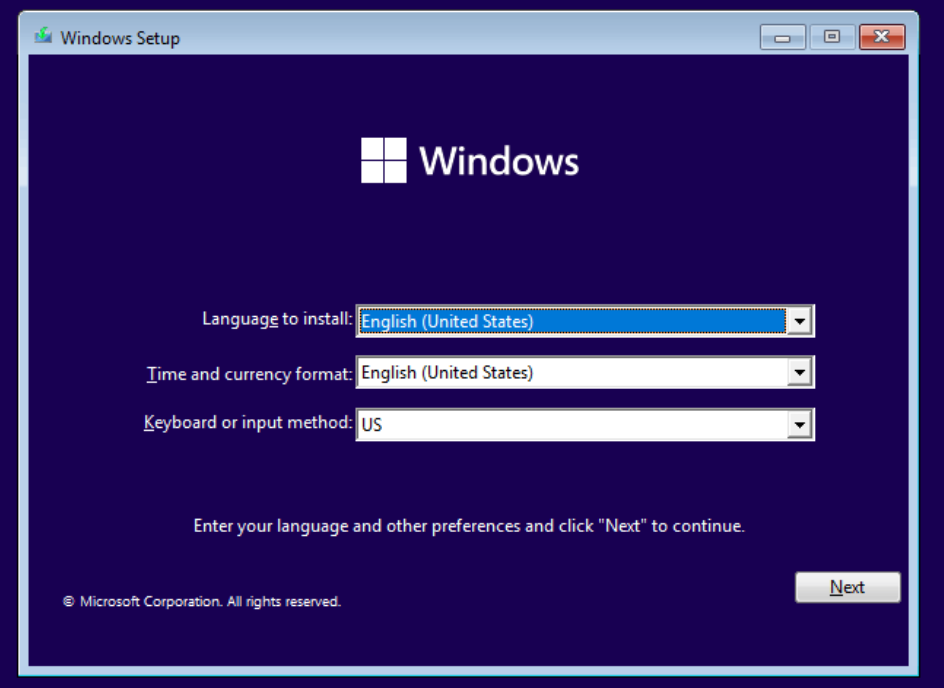
4 Reasons Why You Might Want to Reinstall macOS
- When Your Mac Has a Serious Problem. The main reason most people would reinstall macOS is because their system is completely messed up. Maybe error messages pop up constantly, software won’t run correctly, and other usability issues prevent you from working normally. In extreme cases, your Mac might not even boot. While rare, this is more likely to occur with power users who regularly play with new software and make tweaks to system settings. However, it can happen to anyone.
- When Your Mac Is Really Slow. Even if your Mac doesn’t have a critical problem, it might still run at a snail’s pace. When this happens, we first recommend reviewing common mistakes that slow your Mac down. You might need to remove some startup programs, run updates on your system, or clean out your storage drive to fix this issue. But if none of these fixes have an effect, reinstalling macOS can likely help speed up your system. This is especially the case if your Mac is approaching a decade of life.
- When You’re Selling Your Mac. Because Macs hold their value for so long, you can often resell your machine years after you bought it and make some of the cost back. Whether you plan to sell your Mac online or just give it to a friend, you don’t want the new owner to have access to all your files. The easiest way to wipe out your own configuration and prepare the Mac for the next person is to reinstall the OS. When you do this, you can erase your storage drive so they can’t access any of your old data.
- When You Want to Downgrade macOS. Most of the time, upgrading to the latest version of macOS is a painless experience. Doing so grants access to new features, plus better performance a lot of the time. But maybe you regret updating the OS on your Mac. Perhaps the latest version made a change that affects your workflow, or maybe it just doesn’t run well on your older machine. In those cases, downgrading macOS is a viable option. Unfortunately, Apple doesn’t offer an official solution for downgrading macOS. You’ll have to follow our guide to downgrading macOS to use workaround methods for this. There’s no in-place downgrade option, making this another instance where you have to run a fresh install.
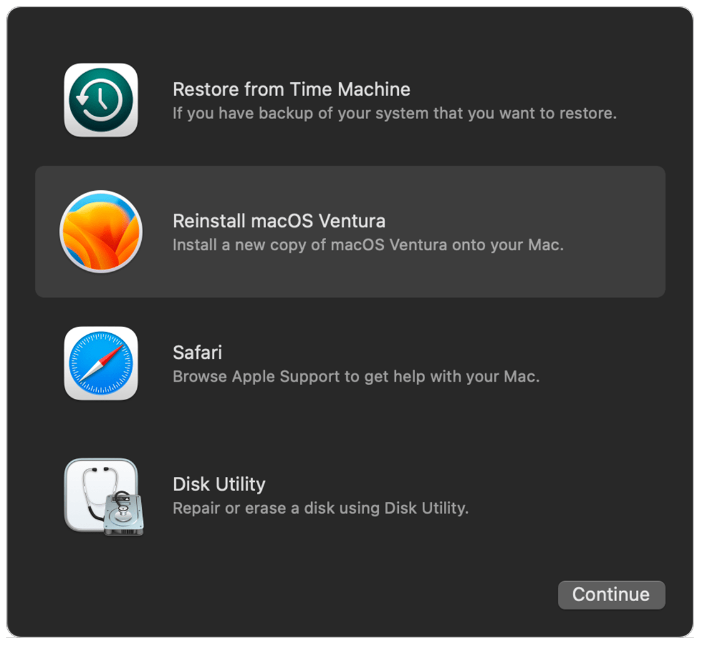
Useful tech hints:
Reset This PC not working on Windows 11/10
If you can’t reset your Windows 11/10 PC, you can try our recommended solutions below in no particular order to resolve the issue on your system.
Before you try the solutions below, check for updates and install any available bits on your Windows 11/10 device and see if you can complete the reset procedure successfully. If the issue started after a recent Windows update, you can perform System Restore or uninstall the update. Either of these actions should get your system back to normal working conditions to allow for the PC reset operation to complete successfully. However, if there are other underlying issues interfering with the procedure, you will have to proceed with the solutions below.
1] Run Automatic Startup Repair
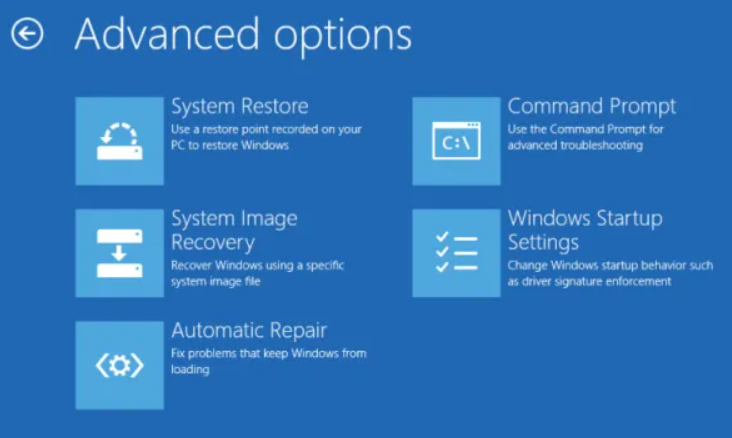
You can begin troubleshooting to fix the issue of you can’t reset your Windows 11/10 PC by running Automatic Startup Repair. The built-in Startup Repair tool is designed to detect and repair common startup problems you may be facing.
After the startup repair completes, see if the issue is resolved. If not, try the next solution.
2] Perform SFC and DISM scan
The SFC/DISM are both native tools to the Windows OS which PC users can utilize to fix corrupt or missing system/image files on the Windows 11/10 computer.
3] Perform reset operation in Clean Boot state
At this point, if the issue in view is still unresolved, it’s most likely due to some kind of system corruption that cannot be resolved conventionally, or failure disk drive. Recommended to let Pro Computer have a health check of the computers.
How to Update Your Mac and What to Do When It Won’t Update
Before you update your Mac, you should back up your files in case your computer crashes. You also need to check that the software version you want to install is compatible with your Mac hardware. Finally, remove any external hard drives or peripherals connected to your Mac.
To update your Mac, click the Apple logo in the top-left corner of your screen. Then go to System Preferences > Software Update. Wait for your computer to find the update and click Update Now. Once the update is finished downloading, click Download and Restart.
Click the Apple logo in the top-left corner of your screen.
Then click System Preferences. If an update is available, you might see a notification in the drop-down menu.
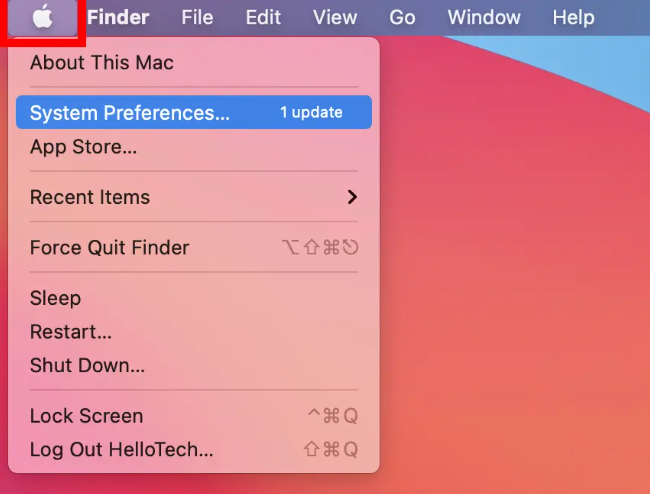
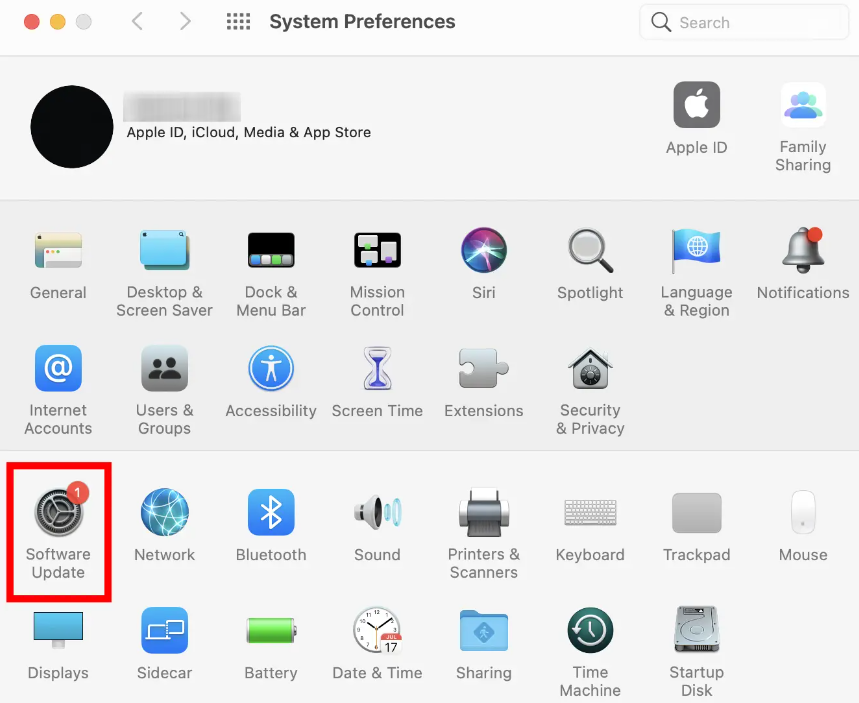
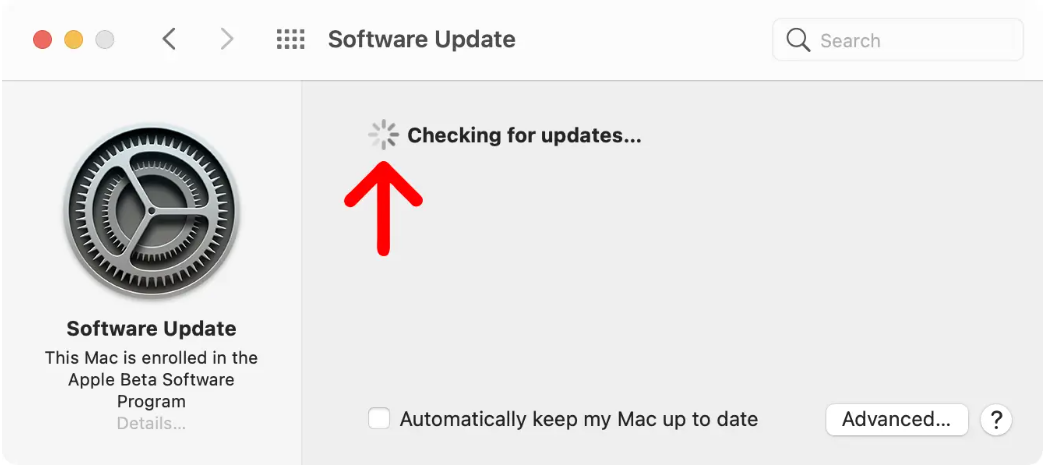
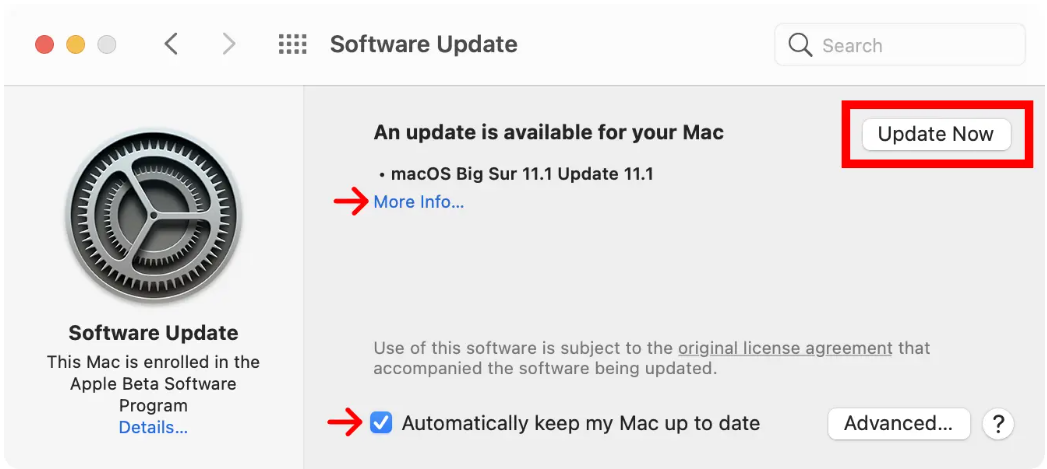
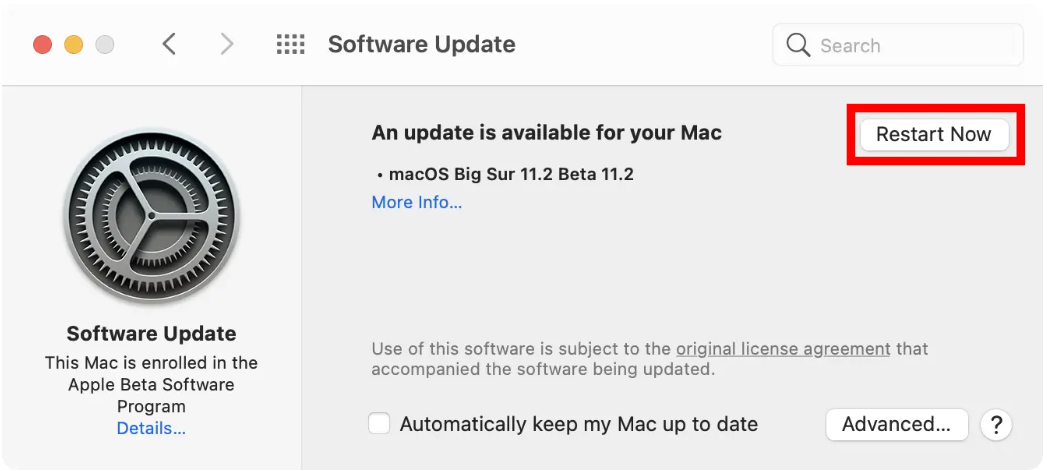
What to Do if Your Mac Won’t Update
To check how much RAM you have on your Mac, click the Apple icon in the top-left corner of your screen and select About This Mac. You will see your RAM capacity next to Memory in the Overview tab. For example, you will need at least 4 GB of RAM to download the Big Sur update.
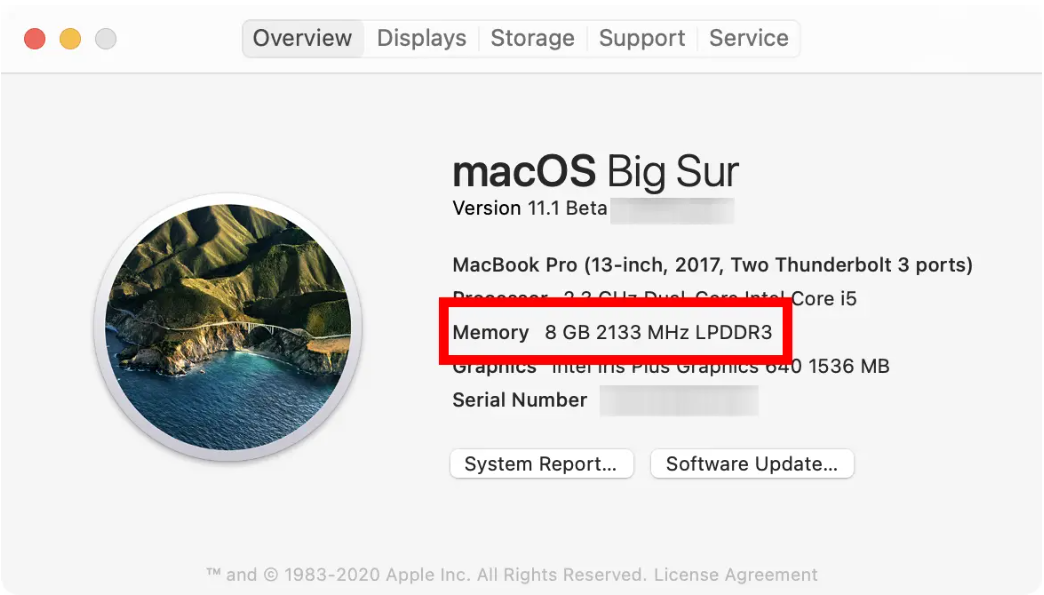

- Go to support.apple.com/downloads on your web browser.
- Then select the update you want to download.
- Next, click Download. If you’re trying to install point releases (patch updates in between major software versions), try downloading the Combo Update of the software version you want. For example, if you’re on macOS Catalina 10.15.5, the Combo Update allows you to download macOS Catalina 10.15.7 without having to download 10.15.6.
- Choose Save File.
- Click OK.
- Open the install file.
- Double click the install package.
- Click Continue on the prompts that follow.
- Wait for the updates to be installed.
- Reboot your computer.
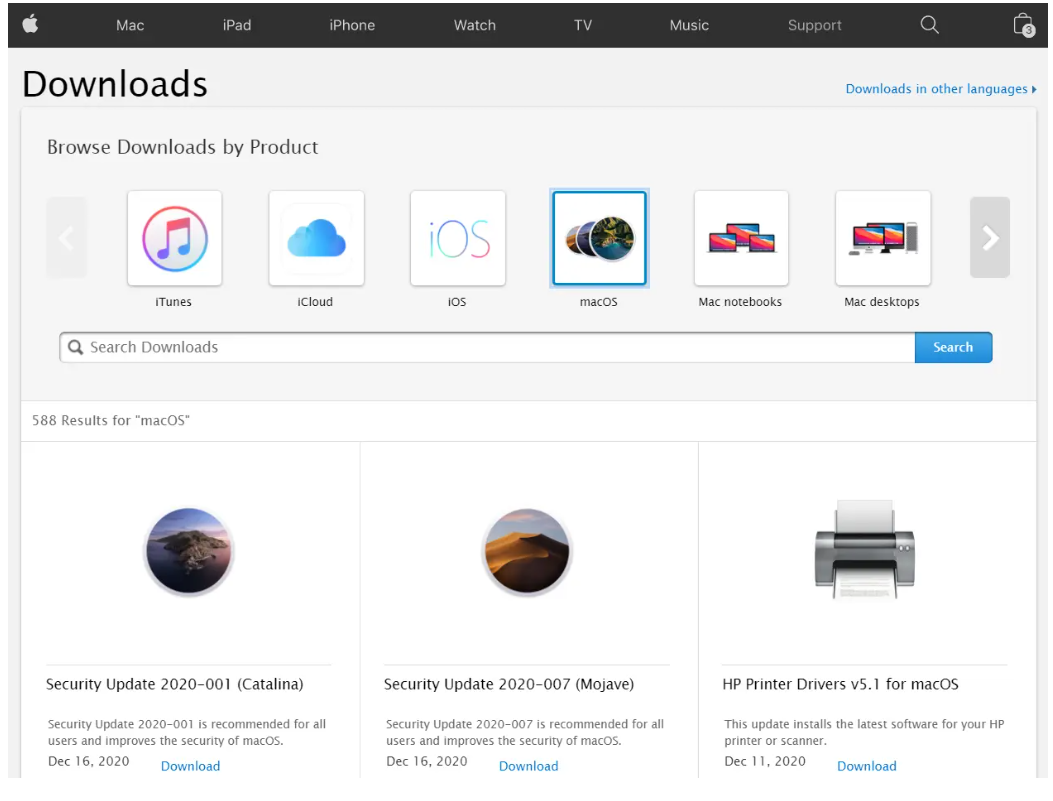
FAQs
1. How long it take to Reinstall Windows? Can I pick up same day?
General it take 4~6 hours to complete all the device driver updates and Windows updates. It’s possible for same day pickup; please book appointment with Pro Computer in advance.
2. Which version of macOS I can choose to reinstall?
| Operating system | Supported systems |
| macOS High Sierra | MacBook (Late 2009 or later) MacBook Pro(Mid 2010 or later) MacBook Air(Late 2010 or later) Mac mini (Mid 2010 or later) iMac (Late 2009 or later) iMac Pro (2017) (macOS 10.13) Mac Pro (Mid 2010 or later) |
| macOS Mojave | MacBook(Early 2015 or later) MacBook Air(Mid 2013 or later) MacBook Pro(Late 2013 or later) Mac mini(Late 2014 or later) iMac(Mid 2014 or later) iMac Pro(2017) Mac Pro (Late 2013 or later) |
| macOS Catalina | MacBook(Early 2015 or later) MacBook Air(Mid 2012 or later) MacBook Pro(Mid 2012 or later) Mac mini(Late 2012 or later) iMac(Late 2012 or later) iMac Pro(2017) Mac Pro (Late 2013 or later) |
| macOS Big Sur | MacBook(Early 2015 or later) MacBook Air(Mid 2013 or later) MacBook Pro(Late 2013 or later) Mac mini(Late 2014 or later) iMac (Mid 2014 or later) iMac Pro (2017) Mac Pro (Late 2013 or later) |
| macOS Monterey | MacBook (Early 2016 or later) MacBook Air (Early 2015 or later) MacBook Pro (Early 2015 or later) Mac mini (Late 2014 or later) iMac (Late 2015 or later) iMac Pro (2017) Mac Pro (Late 2013 or later) Mac Studio (2022) |
| macOS Ventura | MacBook (2017) MacBook Air (2018 or later) MacBook Pro (2017 or later) Mac mini (2018 or later) iMac (2017 or later) iMac Pro (2017) Mac Pro (2019) Mac Studio (2022) |
Request a Free Quote
"*" indicates required fields
